Cambodia – Siem Riep 2018
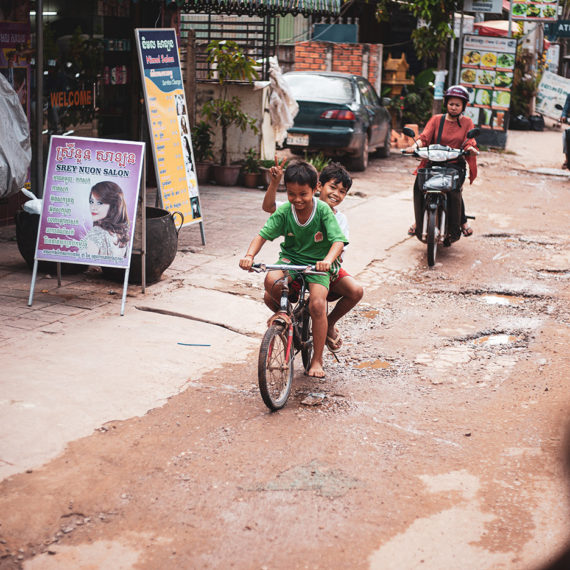
Cambodia – Siem Riep 2018
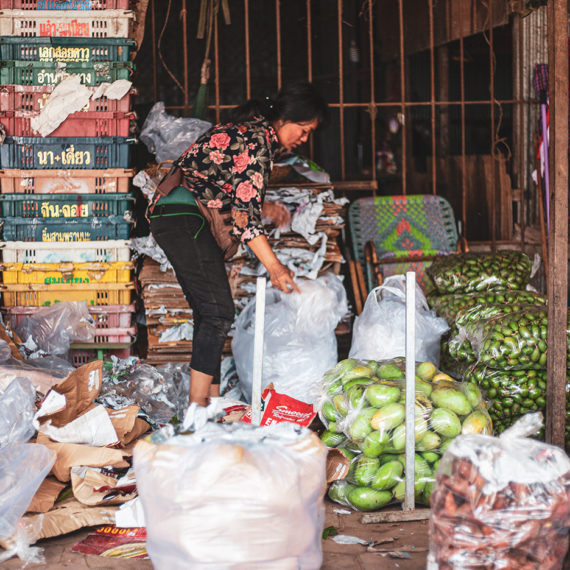
Cambodia – Siem Riep 2018
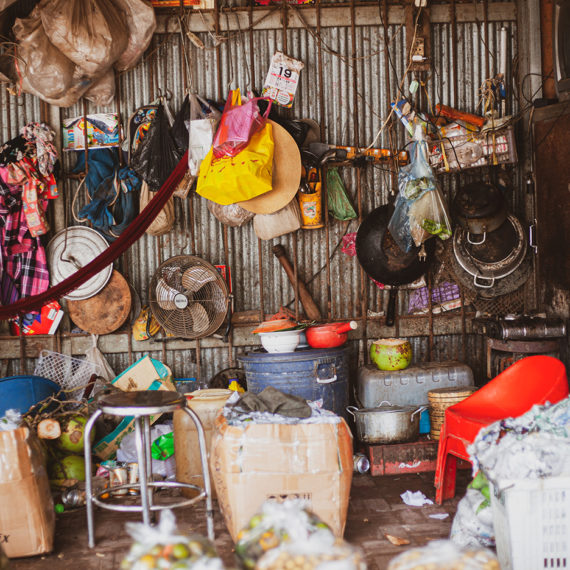
Cambodia – Siem Riep 2018
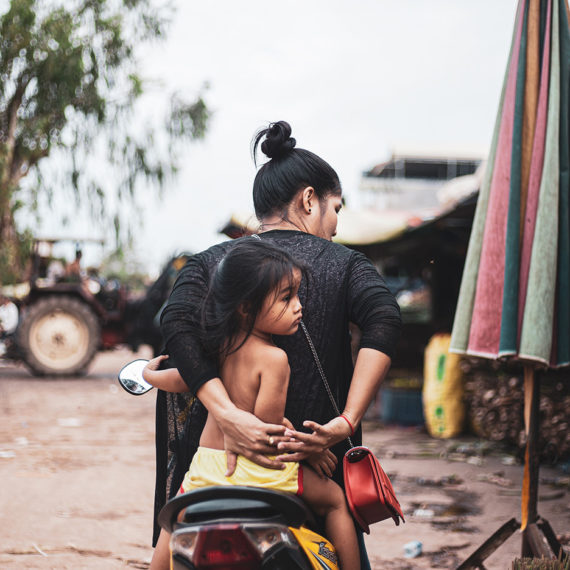
Cambodia – Siem Riep 2018
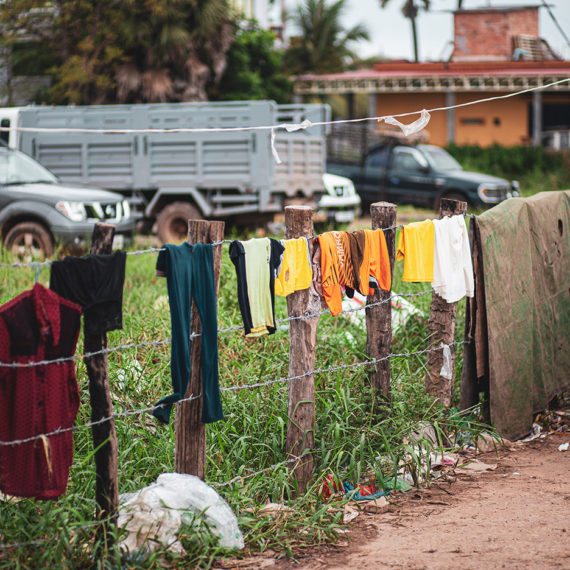
Cambodia – Siem Riep 2018
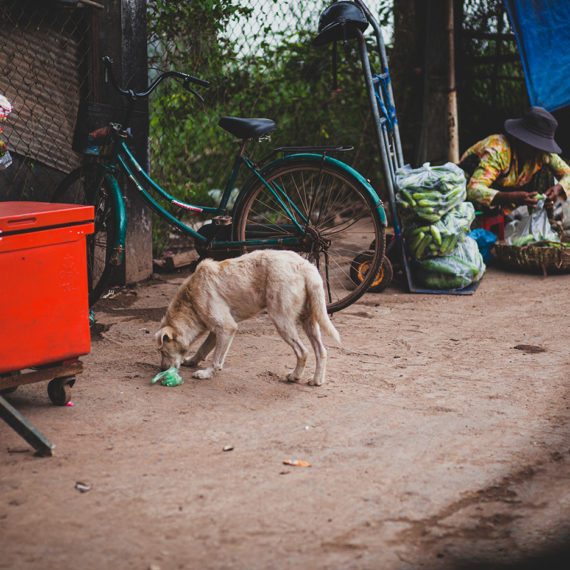
Cambodia – Siem Riep 2018
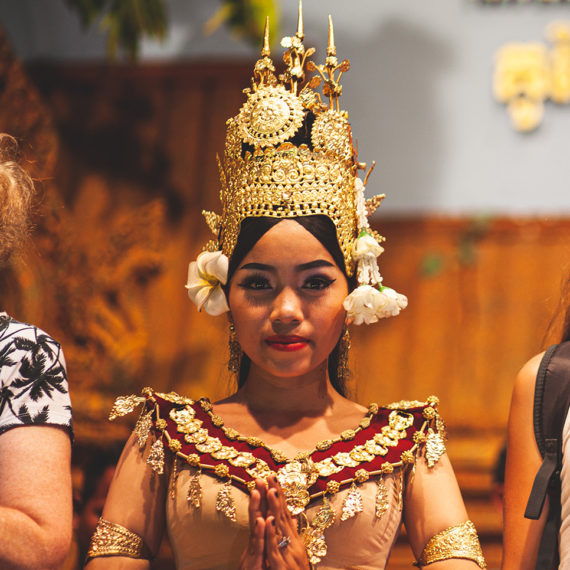
ambodia – Siem Riep 2018
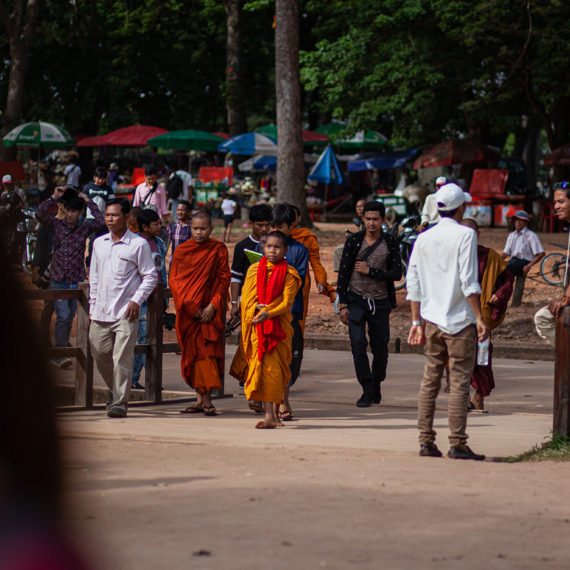
Cambodia – Siem Riep 2018
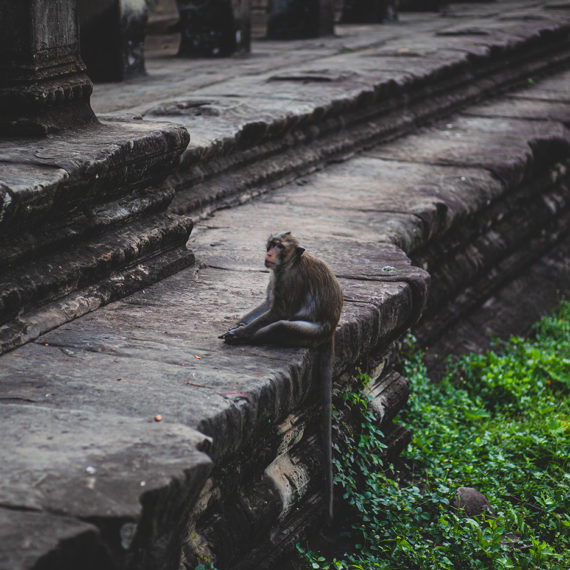
Cambodia – Siem Riep 2018
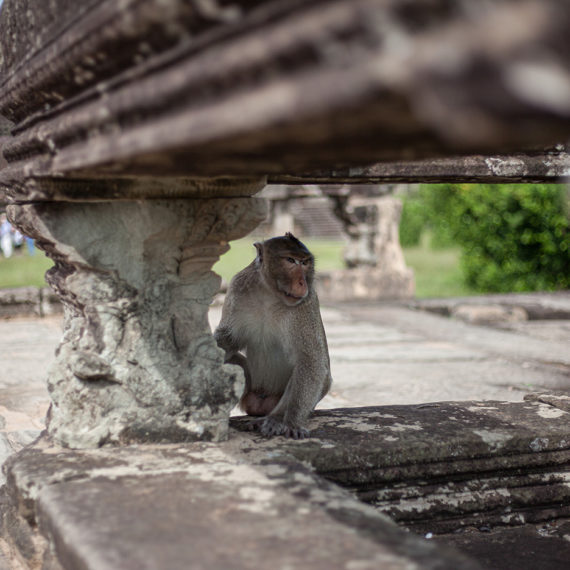
Cambodia – Siem Riep 2018
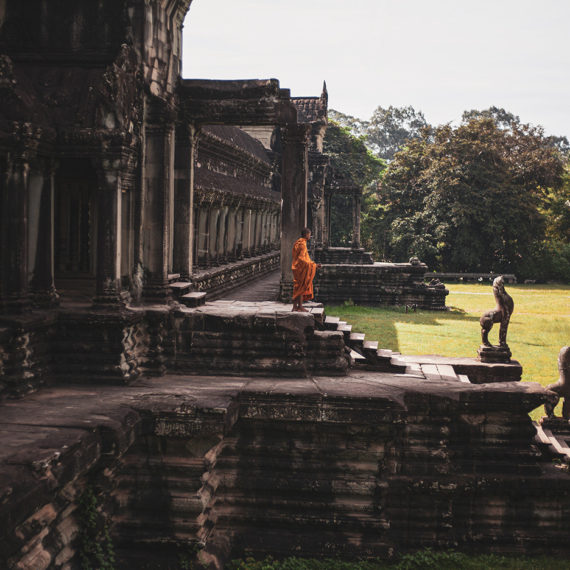
Cambodia – Siem Riep 2018
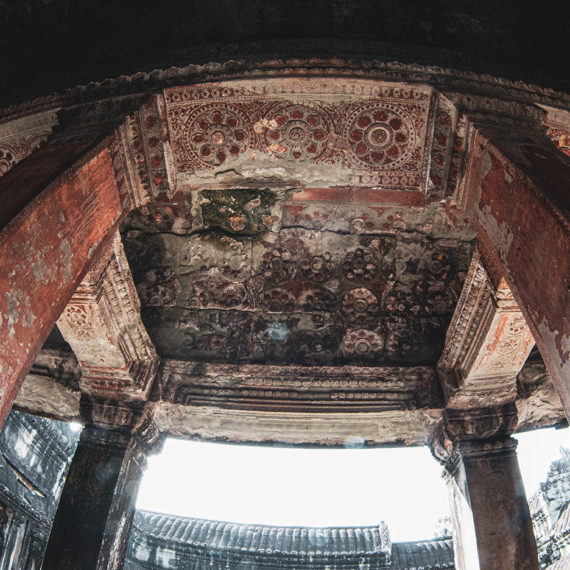
Cambodia – Siem Riep 2018
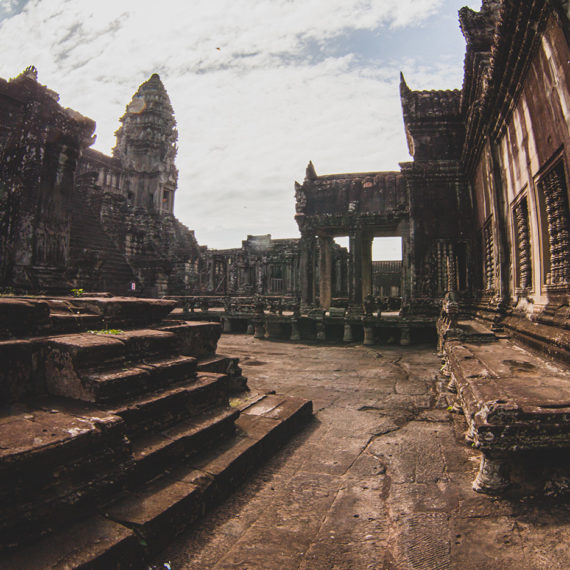
Cambodia – Siem Riep 2018
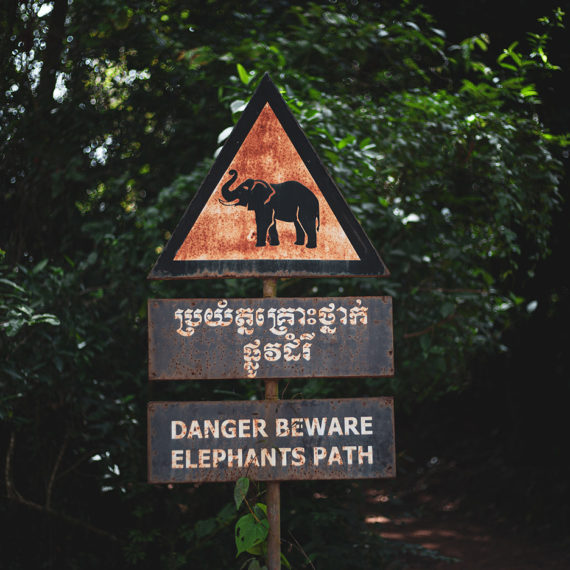
Cambodia – Siem Riep 2018
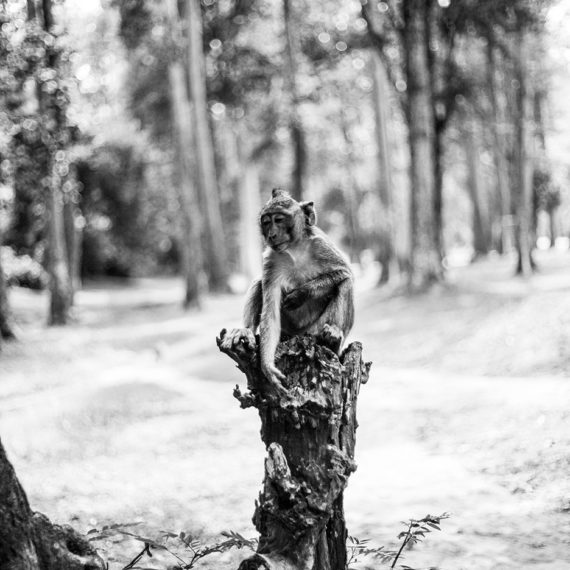
Cambodia – Siem Riep 2018
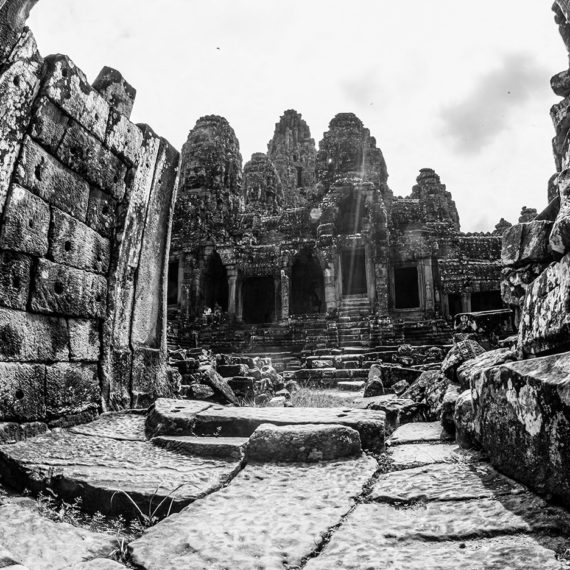
Cambodia – Siem Riep 2018
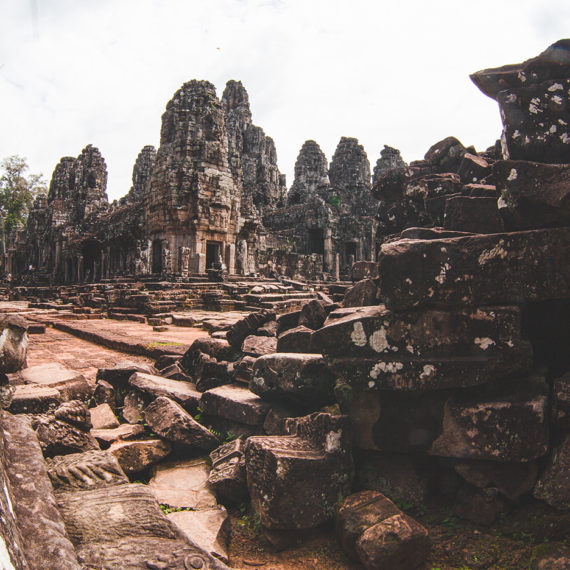
Cambodia – Siem Riep 2018
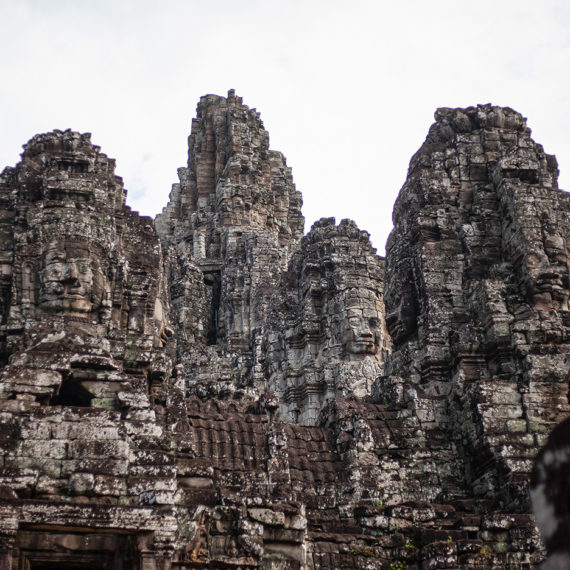
Cambodia – Siem Riep 2018
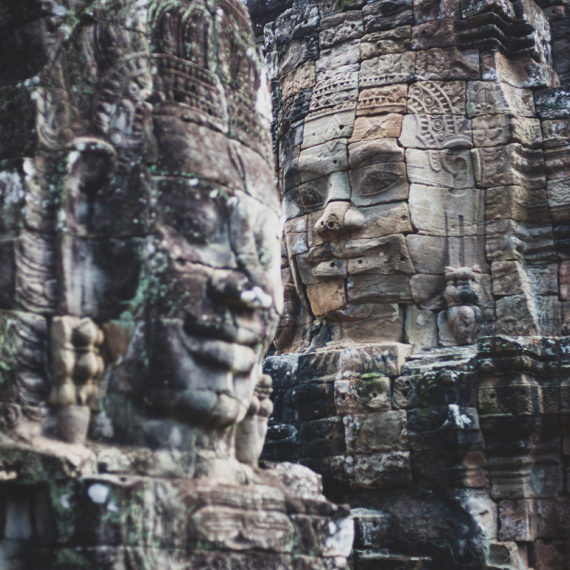
Cambodia – Siem Riep 2018
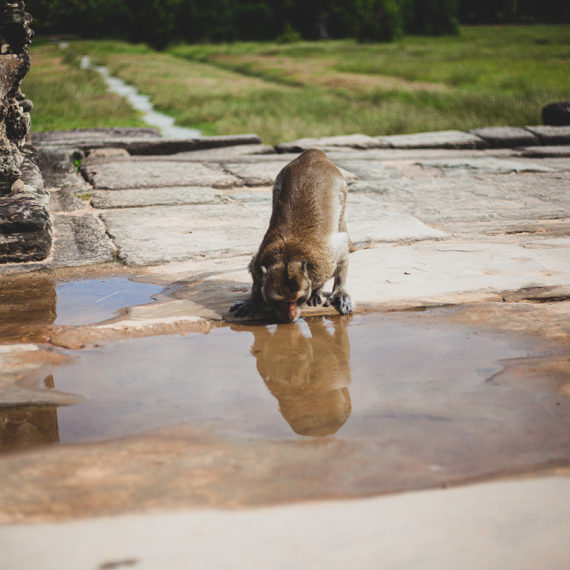
Cambodia – Siem Riep 2018
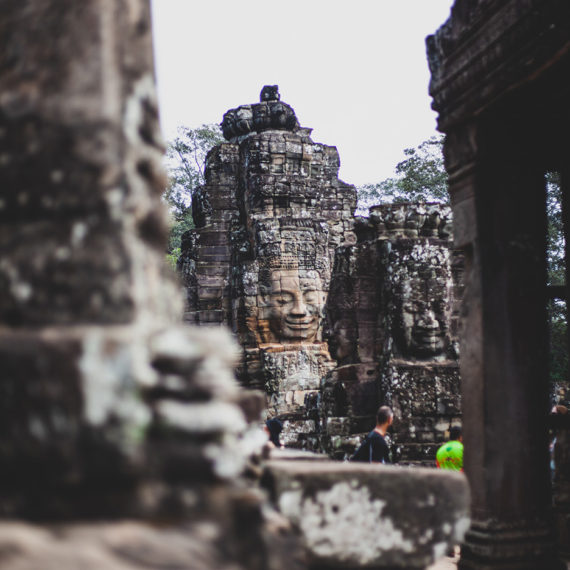
Cambodia – Siem Riep 2018
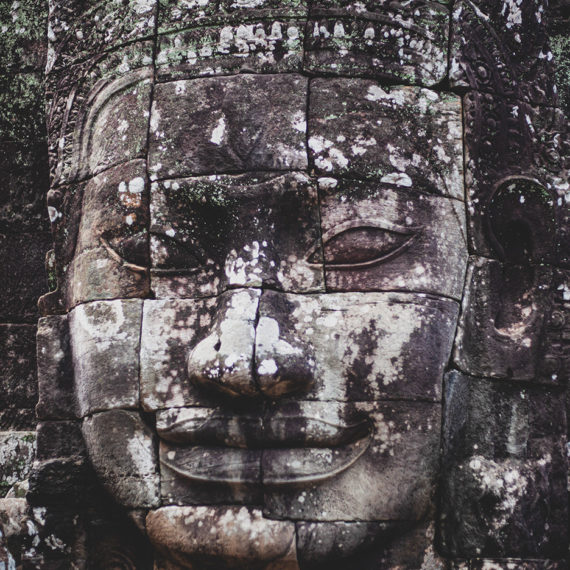
Cambodia – Siem Riep 2018
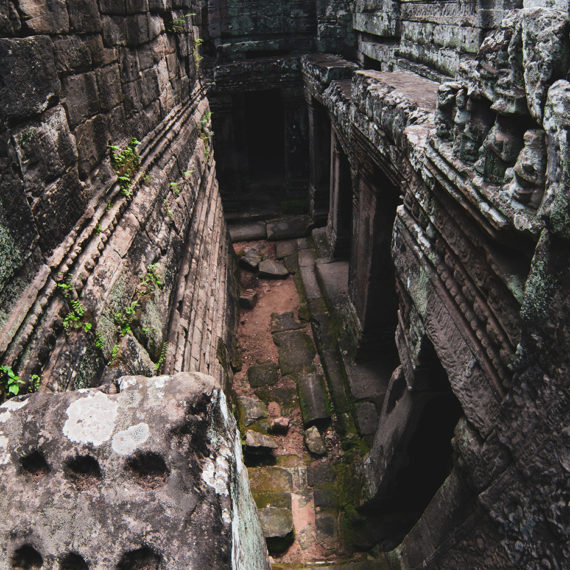
Cambodia – Siem Riep 2018

Cambodia – Siem Riep 2018
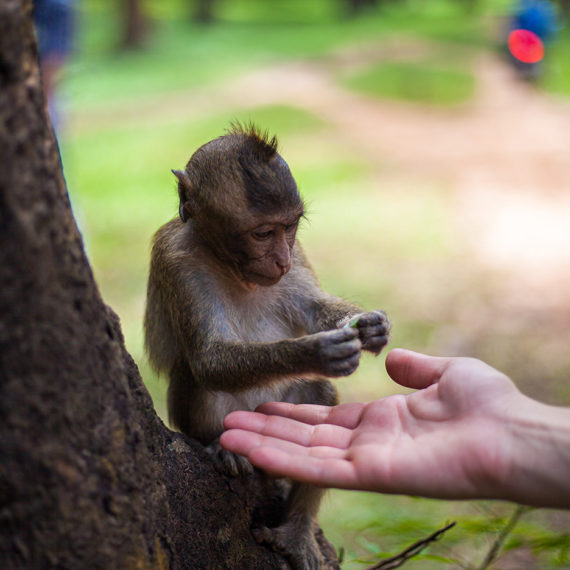
Cambodia – Siem Riep 2018
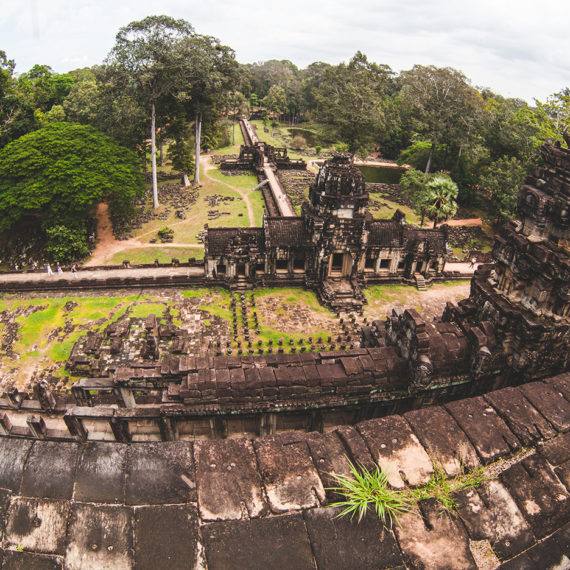
Cambodia – Siem Riep 2018
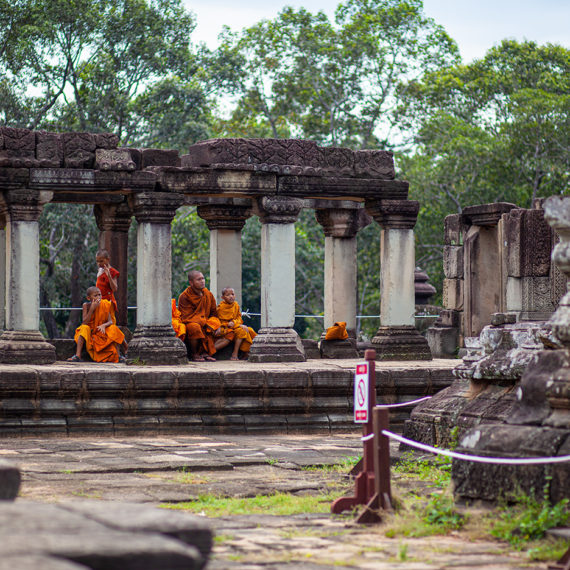
Cambodia – Siem Riep 2018
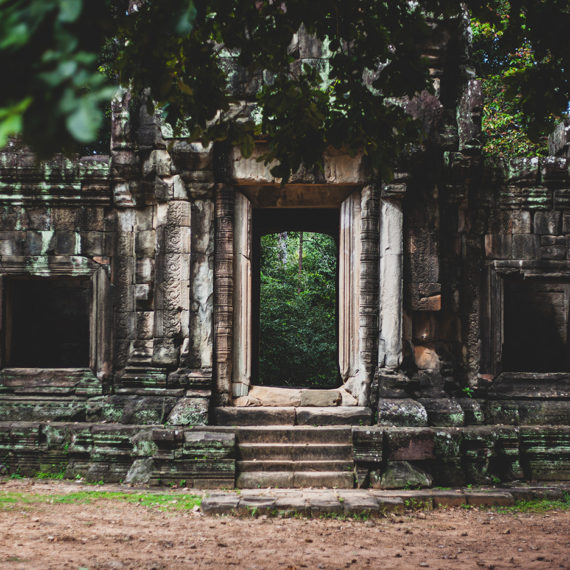
Cambodia – Siem Riep 2018
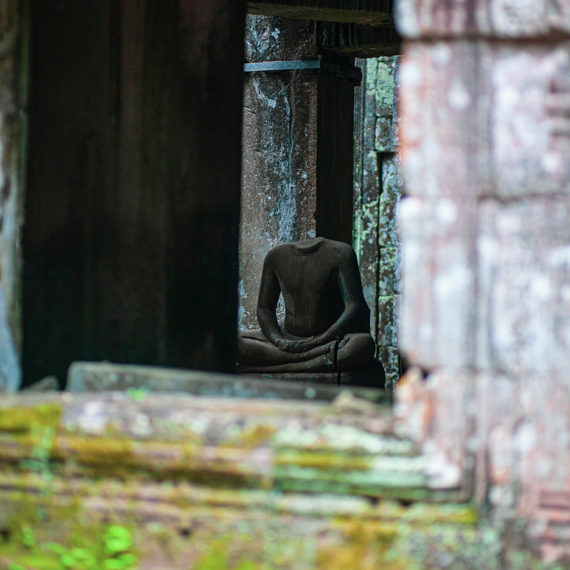
Cambodia – Siem Riep 2018
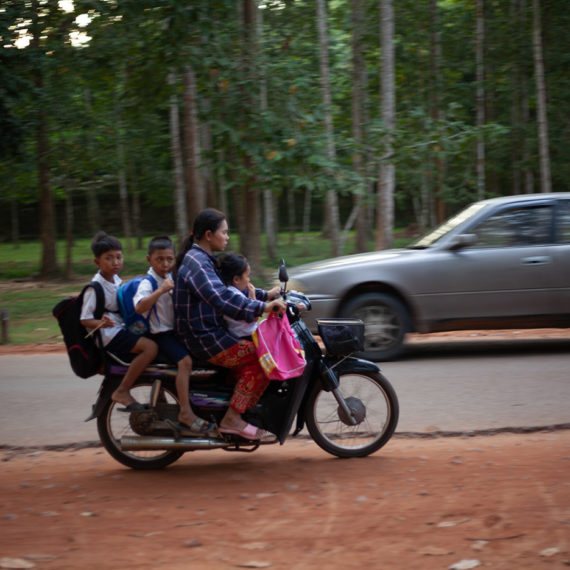
Cambodia – Siem Riep 2018
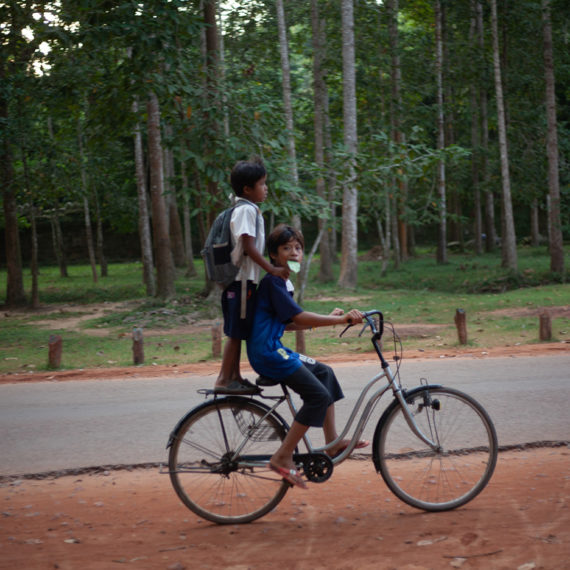
Cambodia – Siem Riep 2018
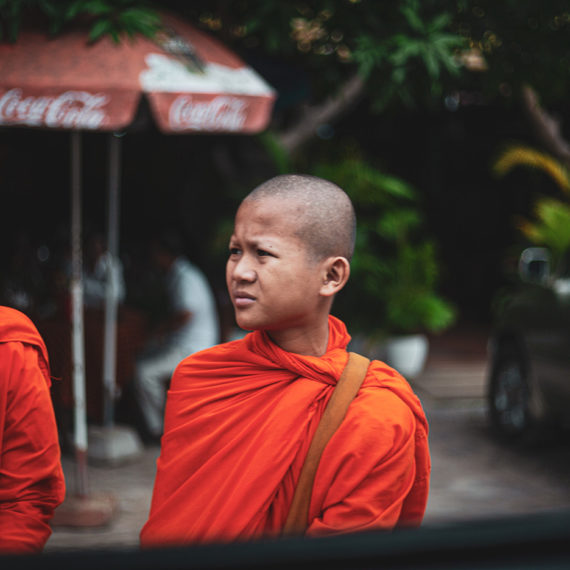
Cambodia – Siem Riep 2018
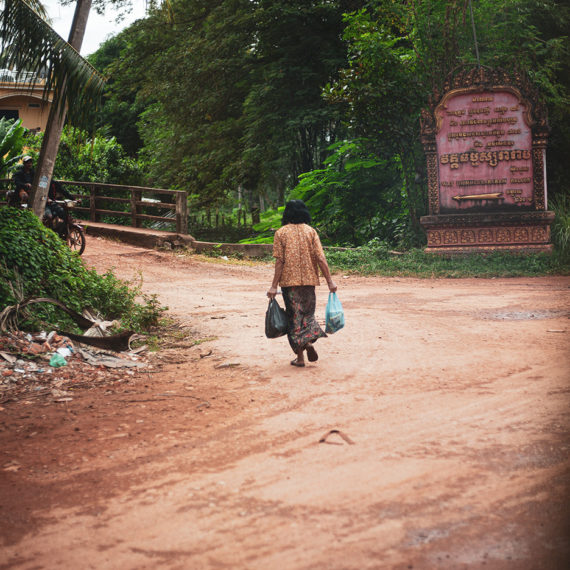
ambodia – Siem Riep 2018
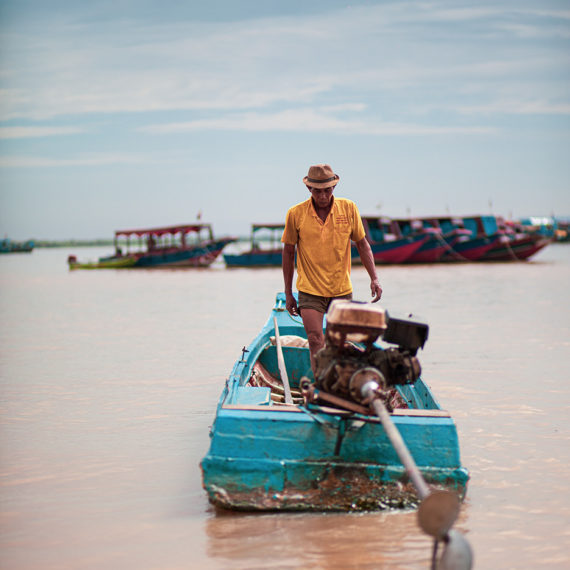
Cambodia – Kompong Phluk Village 2018
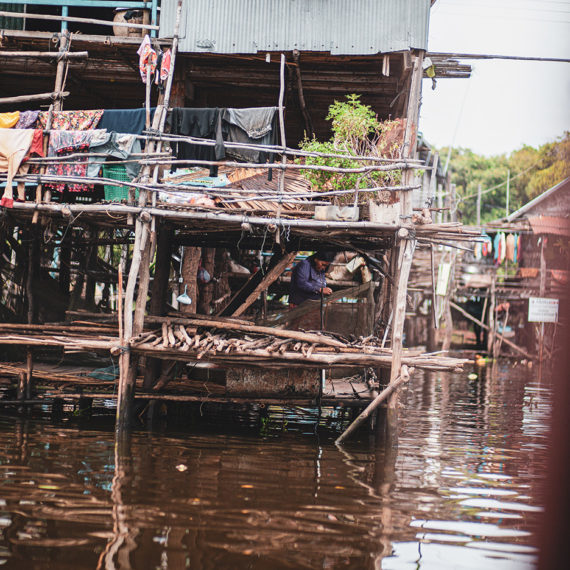
Cambodia – Kompong Phluk Village 2018
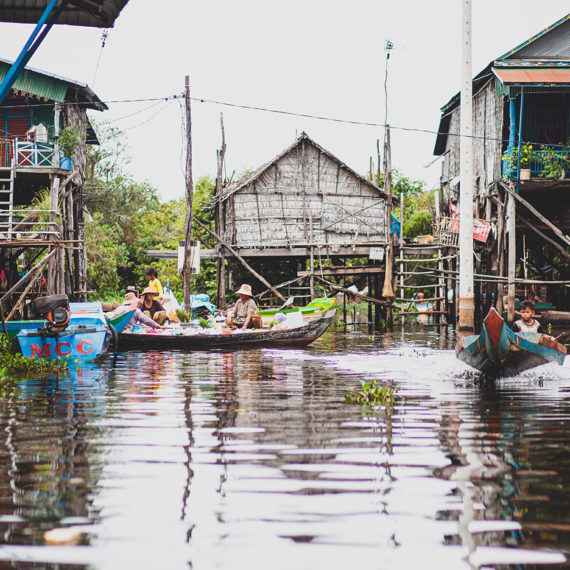
Cambodia – Kompong Phluk Village 2018
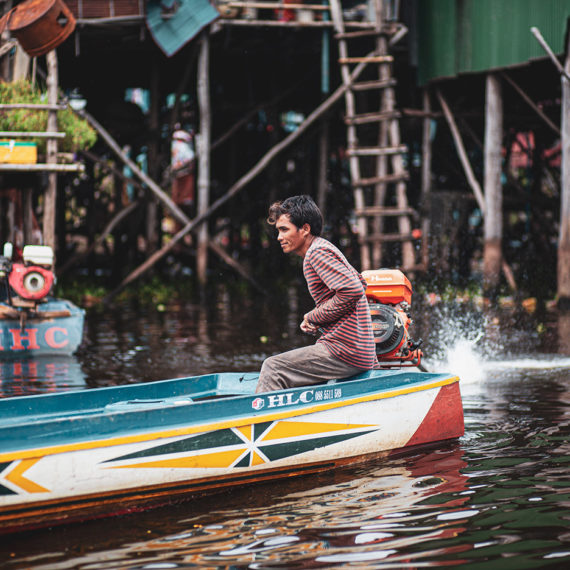
Cambodia – Kompong Phluk Village 2018
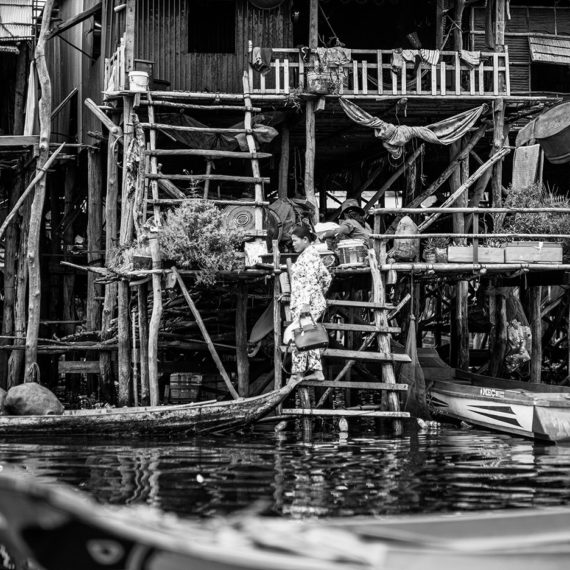
Cambodia – Kompong Phluk Village 2018
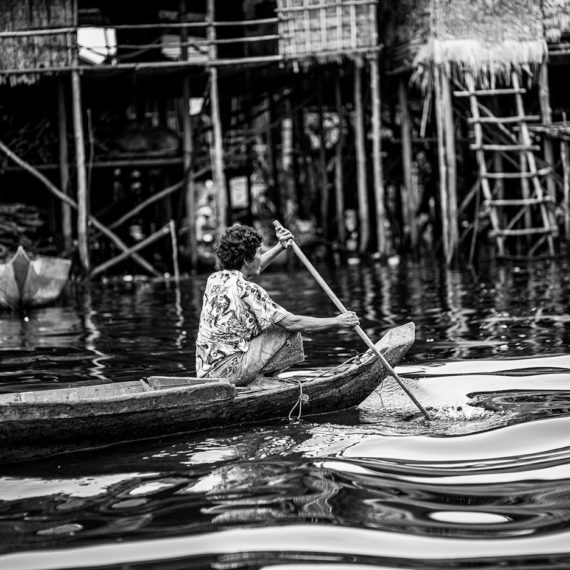
Cambodia – Kompong Phluk Village 2018
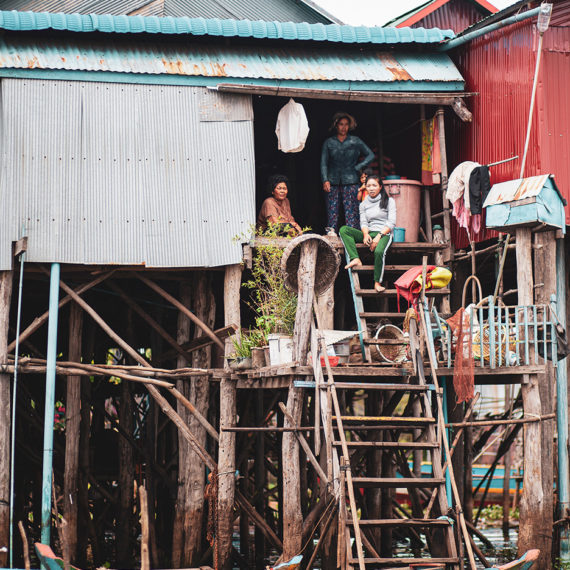
Cambodia – Siem Riep 2018
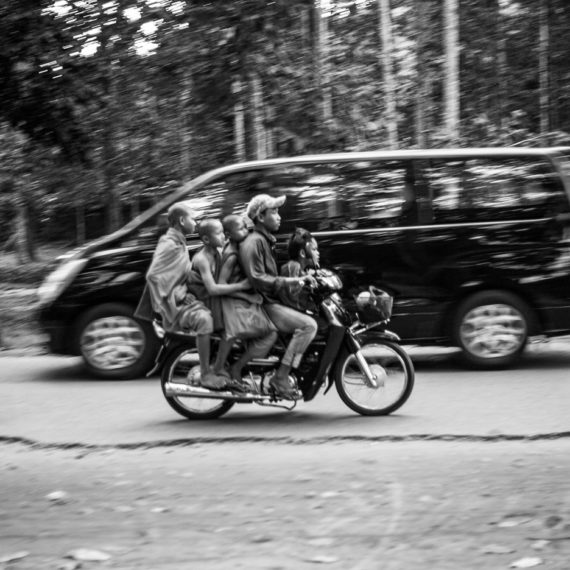
Cambodia – Kompong Phluk Village 2018
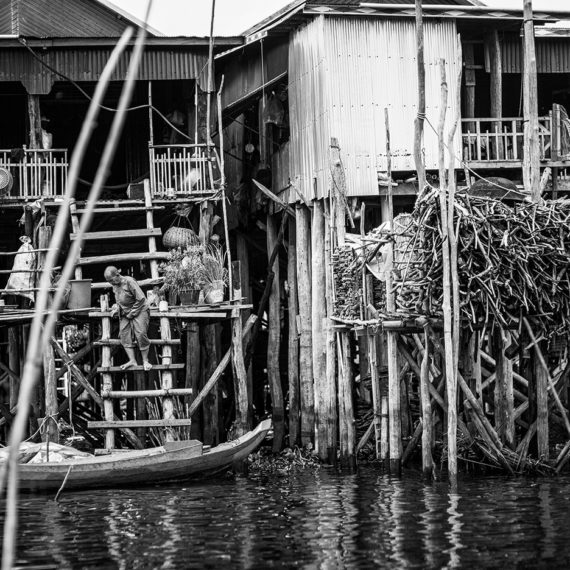
Cambodia – Kompong Phluk Village 2018
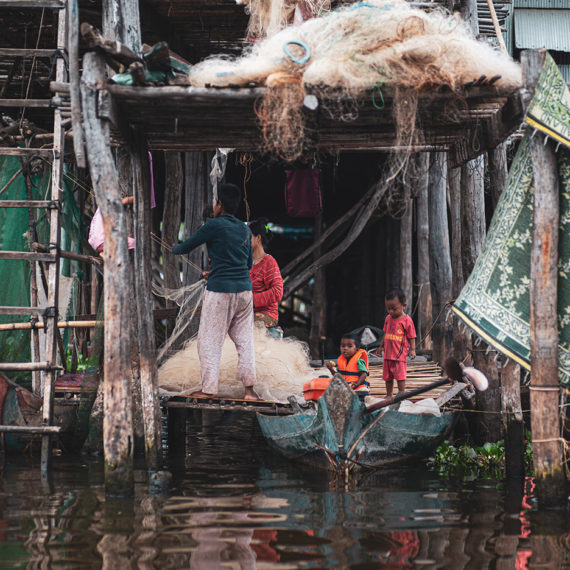
Cambodia – Kompong Phluk Village 2018
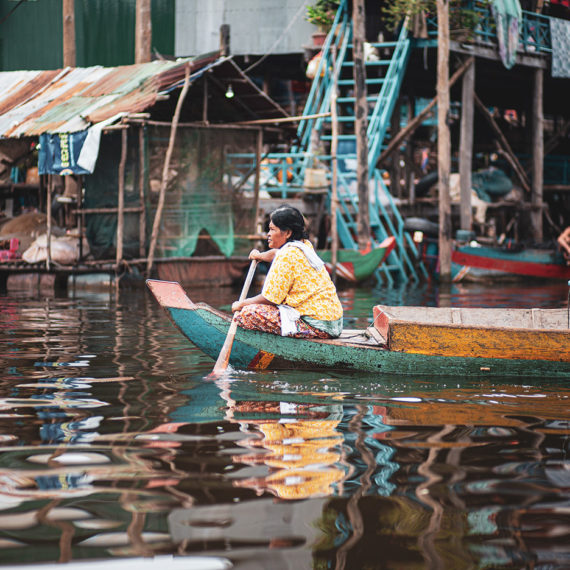
Cambodia – Kompong Phluk Village 2018
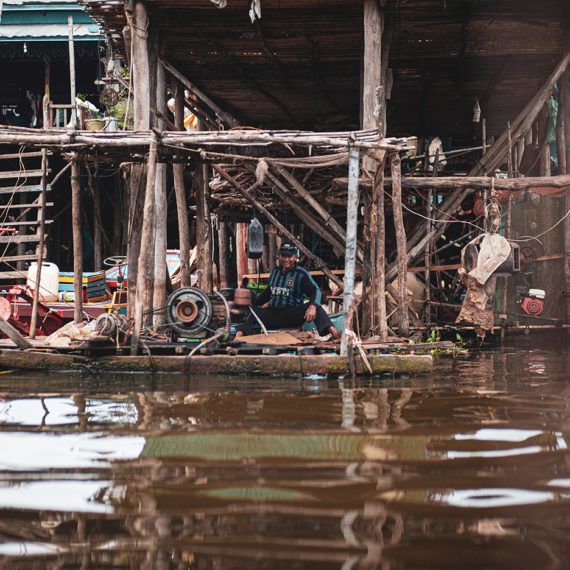
Cambodia – Kompong Phluk Village 2018
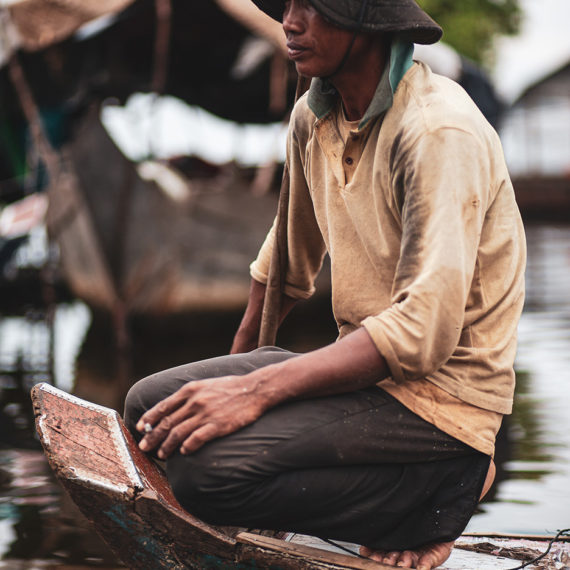
Cambodia – Kompong Phluk Village 2018
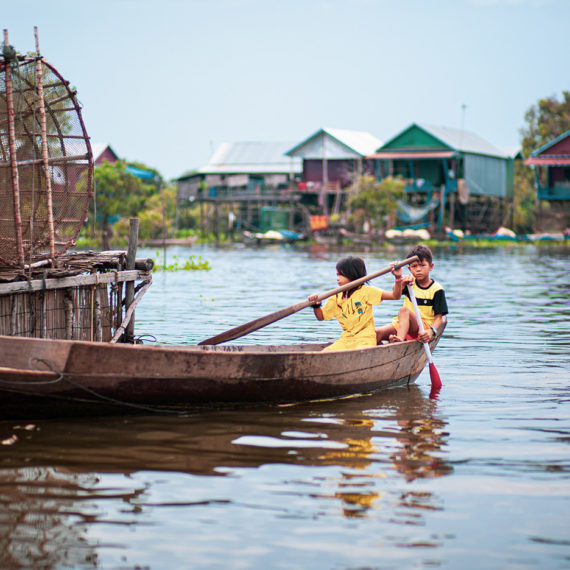
Cambodia – Kompong Phluk Village 2018
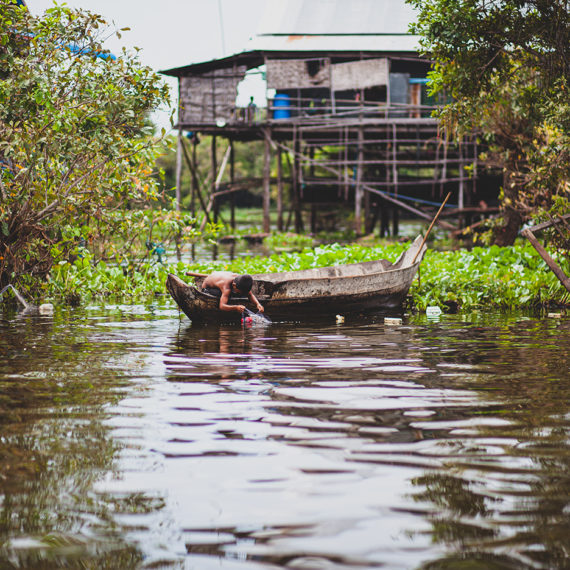
Cambodia – Kompong Phluk Village 2018
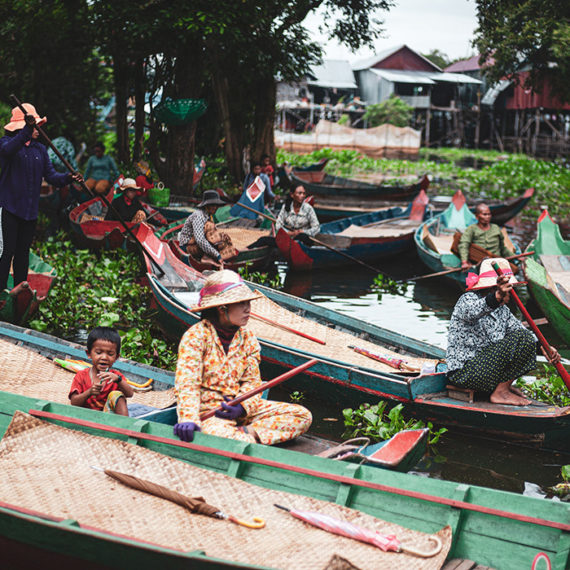
Cambodia – Kompong Phluk Village 2018
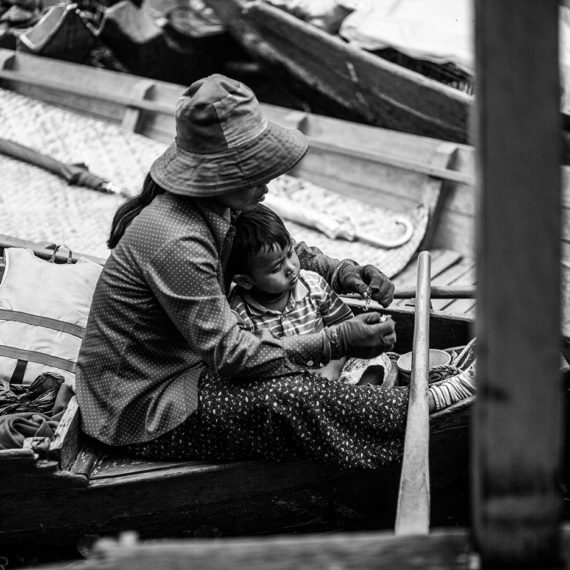
Cambodia – Kompong Phluk Village 2018
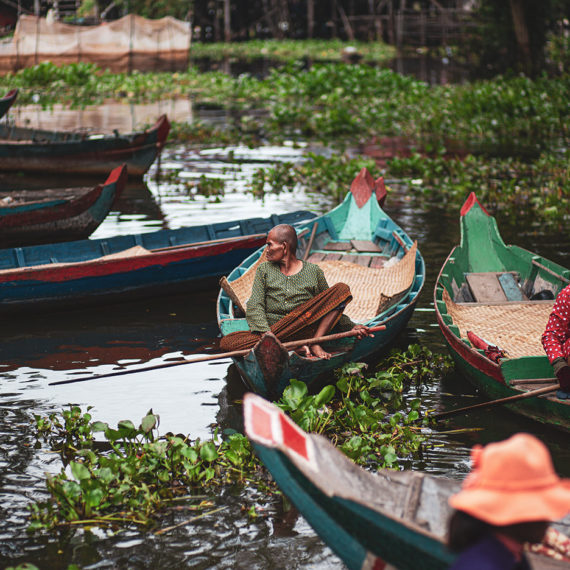
Cambodia – Kompong Phluk Village 2018
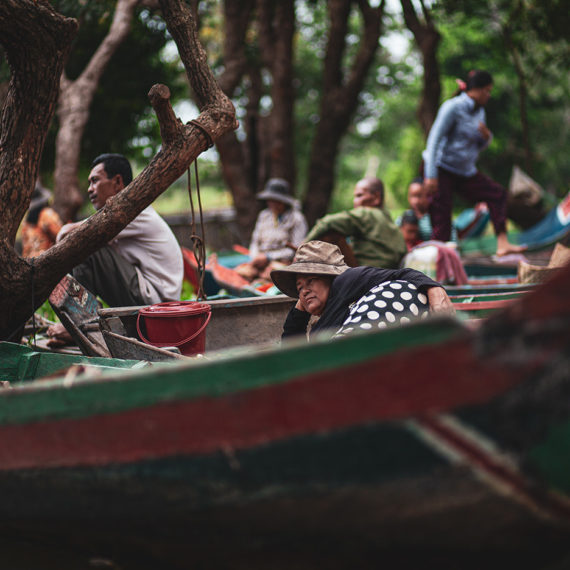
Cambodia – Kompong Phluk Village 2018
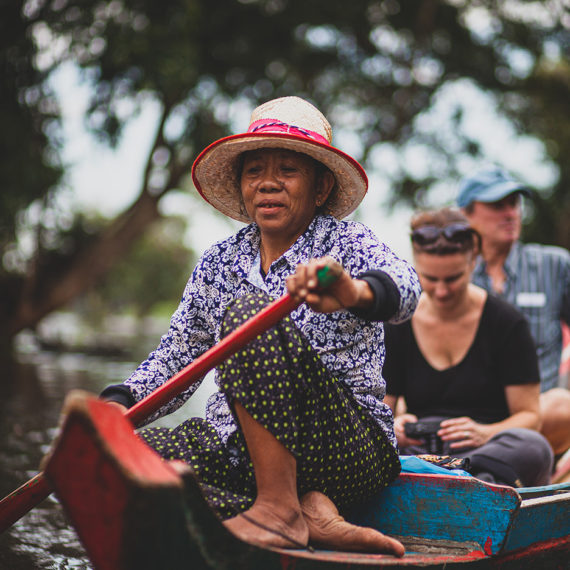
Cambodia – Kompong Phluk Village 2018
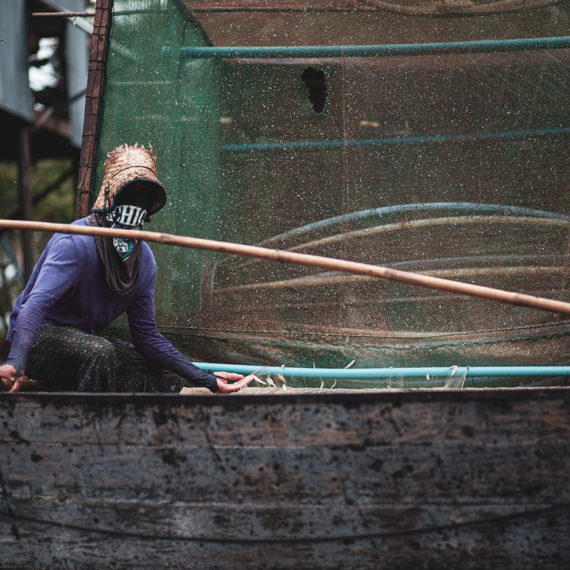
Cambodia – Kompong Phluk Village 2018
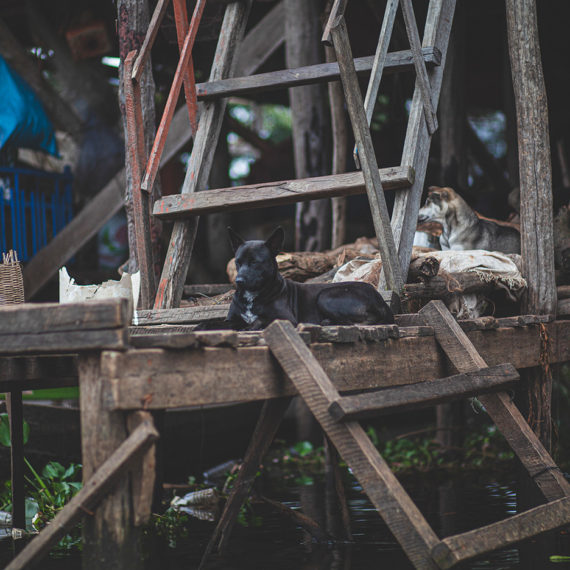
Cambodia – Kompong Phluk Village 2018
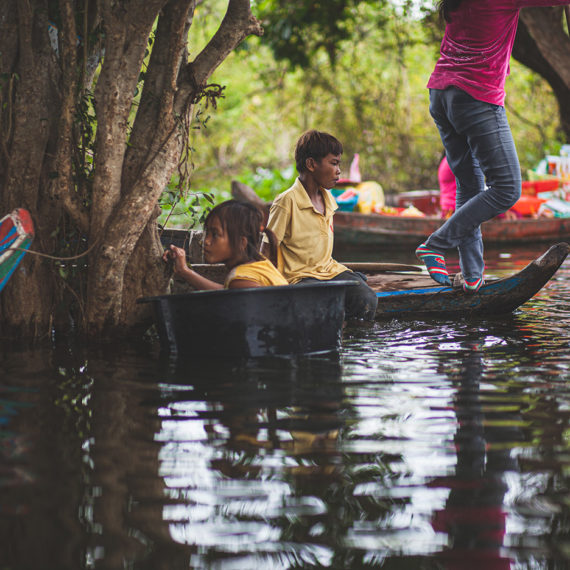
Cambodia – Kompong Phluk Village 2018
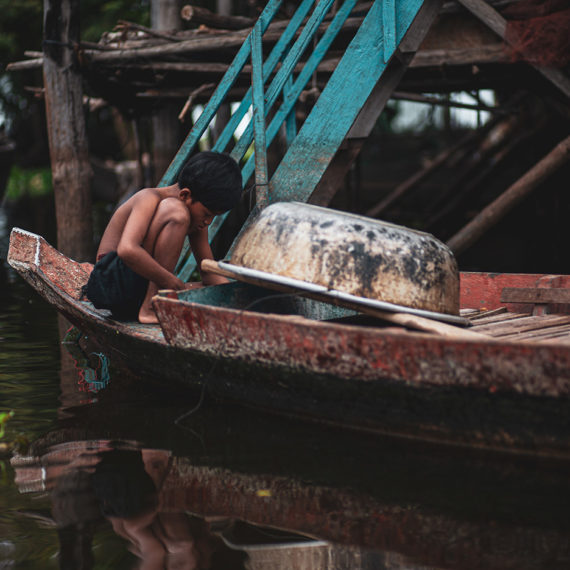
Cambodia – Kompong Phluk Village 2018
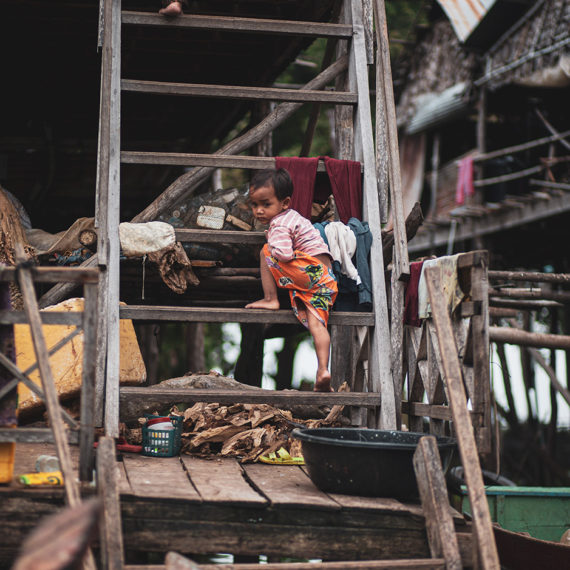
Cambodia – Kompong Phluk Village 2018
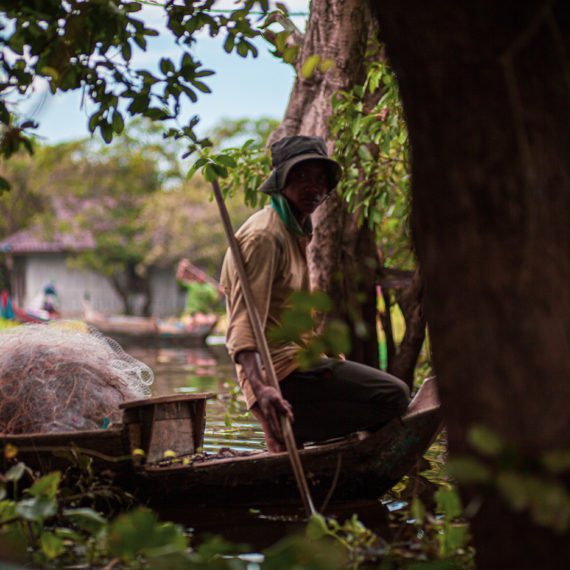
Cambodia – Kompong Phluk Village 2018
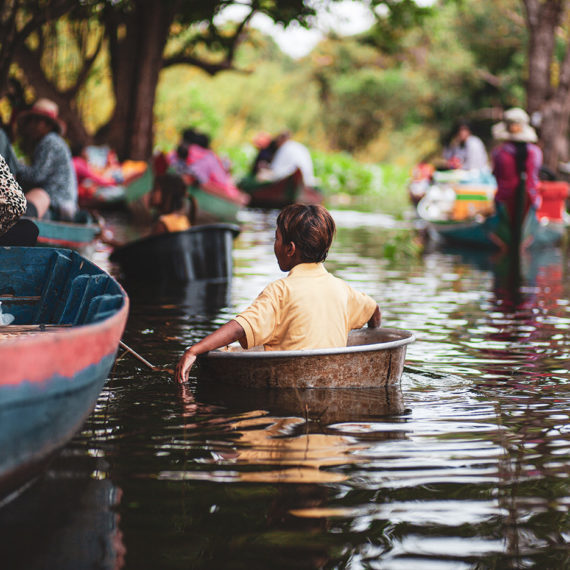
Cambodia – Kompong Phluk Village 2018
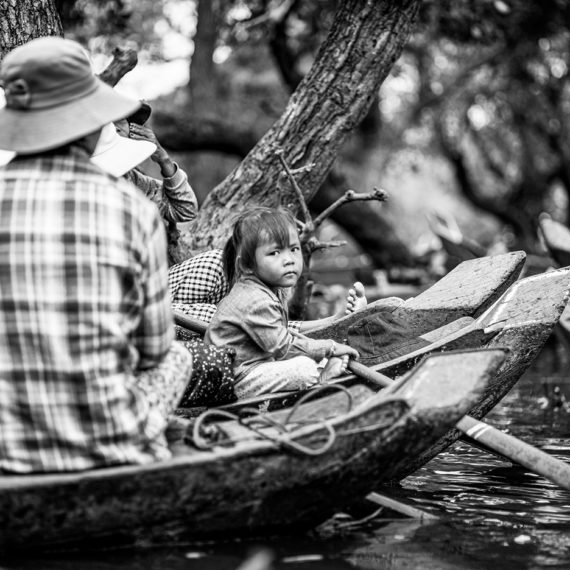
Cambodia – Kompong Phluk Village 2018
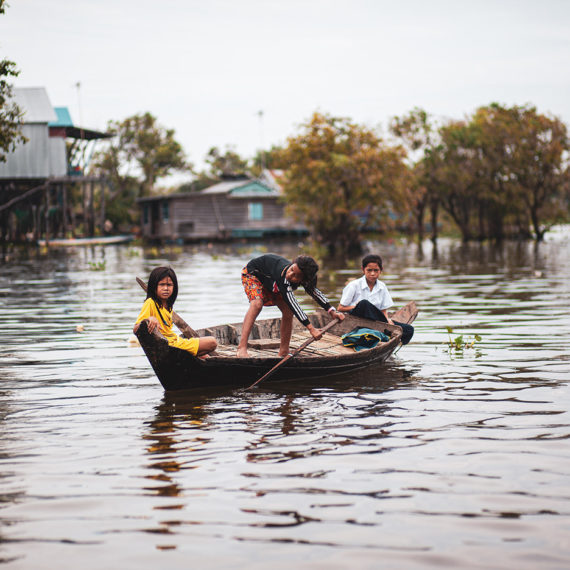
Cambodia – Kompong Phluk Village 2018
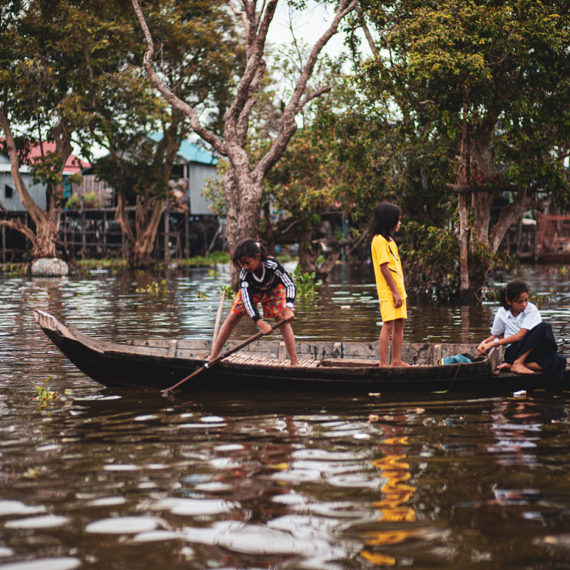
Cambodia – Kompong Phluk Village 2018
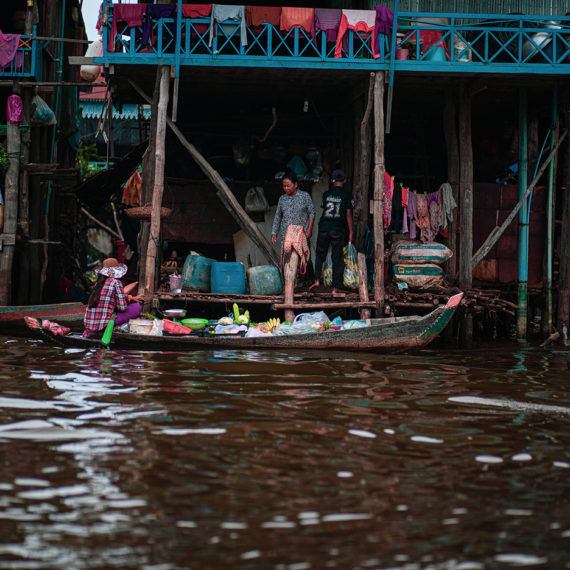
Cambodia – Kompong Phluk Village 2018
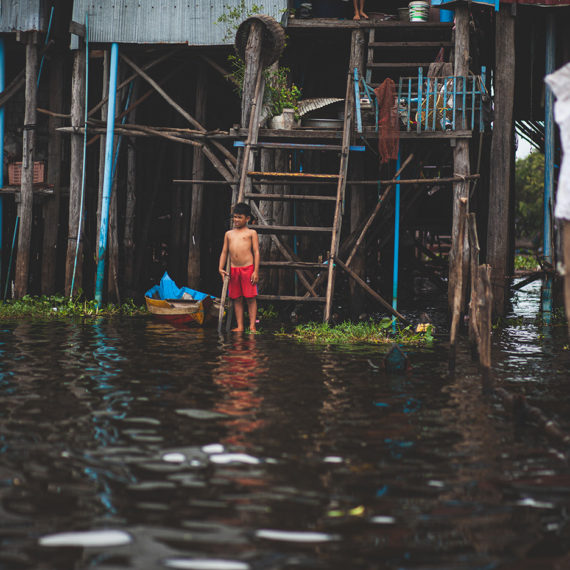
Cambodia – Siem Riep 2018
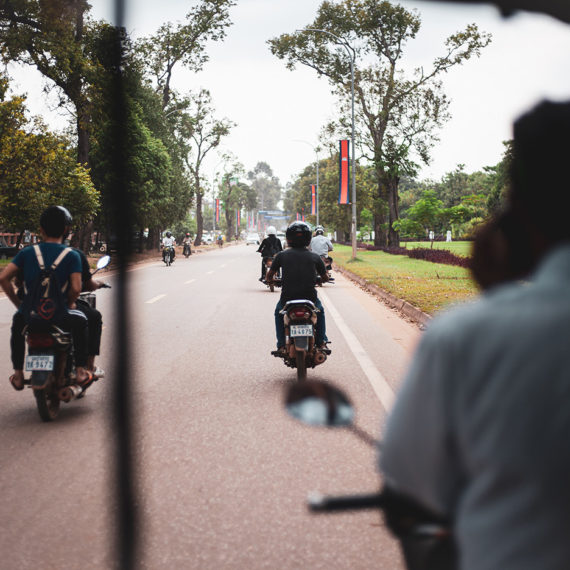
The temple complexes in Siem Reap, Cambodia. It is the largest religious monument in the world with gigantic tree roots winding over stone walls, ancient trees towering overhead, and long, dark hallways and courtyards to explore, this is a place that makes you understand that nature is far more powerful than human beings.
The temples of Ta Prohm date back to the 12th and 13th centuries. After the fall of the Khmer Empire in the 15th century, Ta Prohm fell into disrepair. For hundreds of a long time, Ta Prohm was swallowed up by the Cambodian jungle. Trees began to grow from the tops of the walls, and as they got bigger, they began to topple the stone walls. These ancient trees, with their invasive, gigantic tree roots, is what adds to the beauty and the mystery of Ta Prohm.
More recently, Ta Prohm has been the focus of a renovation project. Scaffolding, metal supports, wooden walkways, and rope fences are being added to renovate and protect this awesome little spot in Cambodia.
This temple was used as set for the movie Tomb Raider, Indiana Jones.
Also Cambodia was a French colony and had their independence on 9 November 1953. The guide that we had to go to Floating village (Kompong Phluk) told us a sad story from those days. During the french colony the families got separated in order to avoid revolts in Cambodia. When the internet came to the country people started to upload their IDs to find their family members.
These photos were taken during our visit to Cambodia in 2017
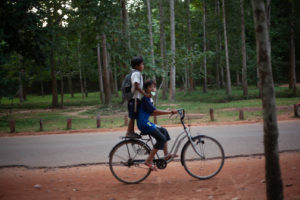
The children are coming from school
Kompong Phluk Village and Tonle Sap Lake
Many floating villages of this type can be found around the Tonle Sap Lake, and more than 1.2 million people call the Lake home, supporting themselves through harvesting the resources of the Lake.
This lake gathers water from the Mekong River. It is the world’s twelfth longest river and the seventh longest in Asia. Its estimated length is 4,350 km. That means that the waters of late Tonle Sap Lake comes from Tibet.
Some of these villages are built on stilts, whose structure emerges during the dry season, when the water level recedes. From December through April, the waters of the lake withdraw considerably, leaving these villages high and dry off the ground.
Everyone does not have an ID or a birth certificate that proves their Cambodian citizenship. The law denies land ownership rights to those who are not citizens, so these people have found a solution by living off the shores of the lake, finding in houseboats the only opportunity to continue living in places they had lived for generations. Unfortunately, their status as recognized non-citizens greatly diminishes the possibility of finding a good job, or accessing education. The only way to survive is to fish the waters of Lake Tonle Sap.
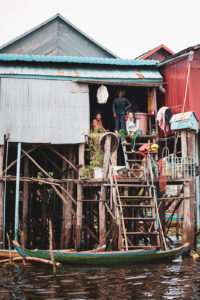
The stilted homes in Kompong Khleang rise more than 10 meters in the air.
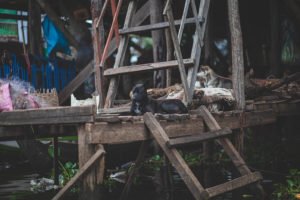
They also have dogs
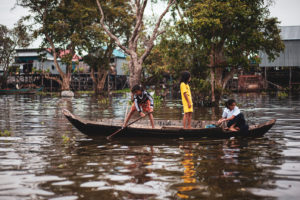
The children are coming back from the school
“Coming back to where you started is not the same as not leaving.”— Terry Pratchettj
Date
February 22, 2016
